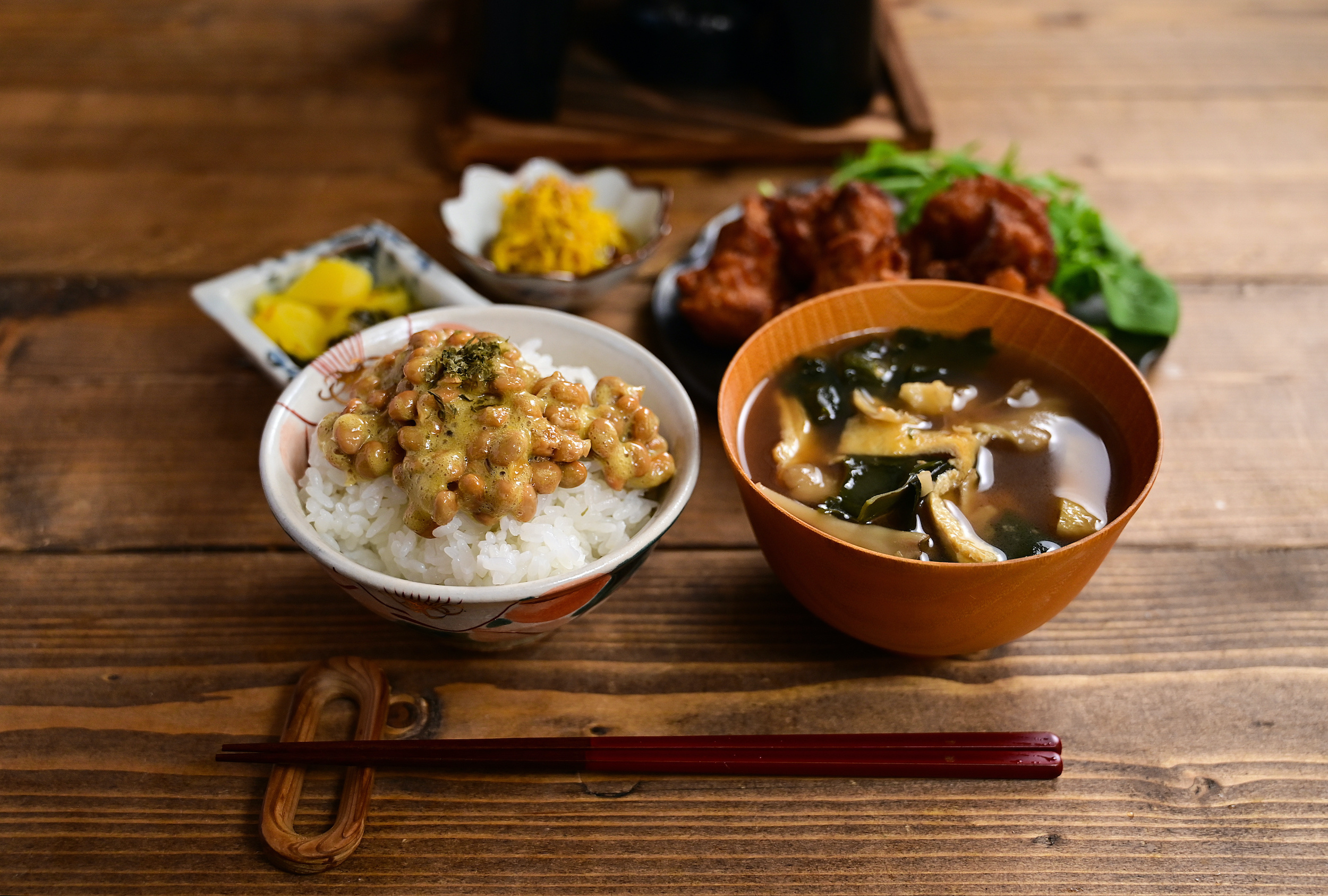Washoku, or traditional Japanese dishes, is much more than just sushi. Rooted in nature, seasonality, and a deep sense of balance, Washoku has become an iconic symbol of Japan’s culinary identity.
Recognized globally for its unique aesthetic and health-conscious approach, this article introduces you to the essence of Washoku—what it is, what dishes it includes, how to enjoy it at home, and where to experience it in Japan.
Washoku and Its UNESCO Cultural Heritage Recognition
In 2013, Washoku was officially recognized by UNESCO as an Intangible Cultural Heritage of Humanity. But why?
Washoku isn’t just food—it’s a philosophy. This traditional cuisine emphasizes harmony with nature, seasonal ingredients, and social values like respect for elders and community connection. Its aesthetic appeal and balance of nutrition, taste, and presentation set it apart from other global cuisines.
Unlike other Asian cuisines that often focus on bold spices or deep frying, Washoku values subtlety, freshness, and umami—often brought forth through fermentation.
This international recognition has sparked a wave of interest among chefs and food professionals across the globe.
What Is Washoku? A Deep Dive into Japan’s Culinary Soul

Washoku (和食) literally means “Japanese food,” but it carries cultural depth beyond the plate. It’s a reflection of Japanese tradition, mindfulness, and respect for nature.
Washoku typically features:
- Seasonal ingredients (shun)
- Simple preparation that enhances natural flavors
- A focus on balance: taste, color, and nutrition
- The use of fermented foods like miso, soy sauce, and rice vinegar
Unlike “Japanese fusion” or modern sushi rolls, Washoku adheres to centuries-old practices and presentation styles. Looking specifically at the four dishes presented as Japanese cuisine, some are rooted in the region (known as local cuisine), allowing you to enjoy the Japanese terroir.
Typical Japanese Dishes in Washoku: Flavor, Form, and Function
What makes a dish “Washoku”? It’s all about balance, seasonality, and umami.
Sushi and Beyond: Key Dishes in Washoku
While sushi is globally famous, Washoku includes many more dishes:
- Miso soup (fermented soybean paste broth)
- Nimono (simmered dishes with seasonal vegetables)
- Tsukemono (pickled vegetables)
- Grilled fish, rice, and seasonal tempura
Each meal usually follows the “ichiju-sansai” format—one soup and three side dishes, emphasizing variety and moderation.
Fermentation: The Hidden Power of Washoku
Fermented foods form the foundation of Washoku’s deep flavors. Miso, soy sauce, and vinegar not only add umami but also offer natural preservation and depth.
Seasonal Sensibility: Washoku by the Seasons
Washoku celebrates Japan’s four distinct seasons. These seasonal elements not only enhance flavor but connect eaters to the rhythms of nature.
- Spring brings sakura-flavored treats and bamboo shoots
- Summer features refreshing dishes like cold somen noodles and pickled plums
- Autumn offers chestnut rice and grilled sanma (Pacific saury)
- Winter is a time for hotpots like nabe and miso-rich stews
Enjoying Washoku at Home: No Recipes, Just Real-Life Tips

You don’t need to live in Japan to enjoy Washoku in your kitchen.
Embrace Washoku Without Recipes
Instead of rigid recipes, think balance:
- A mild miso-based soup
- Steamed rice
- Grilled seasonal vegetables or fish
- A pickled or fermented element (like store-bought kimchi, miso, or tsukemono)
This intuitive approach honors the Washoku mindset: adapt to what’s fresh, what’s local, and what brings harmony to the plate.
Washoku Diet: A Lifestyle of Mindful Eating
Many people search for “washoku diet” due to its perceived health benefits. While we won’t make health claims, it’s fair to say that the Washoku approach promotes moderation, variety, and plant-forward meals—qualities that align with mindful and sustainable eating habits.
Where to Experience Washoku in Japan: Travel with Your Taste Buds
If you’re planning a trip to Japan, make time for immersive food experiences that go beyond restaurants.
Join a Washoku Cooking Class or Fermentation Workshop! In Kyoto, you can join single-day or multi-day workshops to learn:
- How to balance and present 4 dishes
- Japanese knife basics
- How to use traditional ingredients such as koji and miso and cooking methods that utilize them
For professionals or aspiring chefs, fermentation cooking schools in Japan offer short-term programs designed to deeply explore Washoku from an expert perspective.
From Washoku to Fermentation: Ready to Learn More?
If Washoku has sparked your curiosity, there’s much more to explore—especially in the world of Japanese fermentation. From the complex flavors of aged miso to the delicate crafting of amazake, fermentation is where Washoku’s soul really shines.
📩 Want to receive exclusive insights into Washoku, fermentation, and Japanese culinary traditions?
👉 [Sign up for our English-language newsletter below] — discover secrets of Japanese cooking straight from Japan.
” 耀 Hikari ” – gastronomy
Conclusion: Why Washoku Is More Than Just Food
Washoku is a living tradition—a way of preparing, sharing, and appreciating food. For chefs, food professionals, or simply lovers of Japanese culture, understanding Washoku is a gateway into the soul of Japan. Whether you start by exploring fermented seasonings or travel to Japan to dive deeper, Washoku offers a path of discovery like no other.

No responses yet